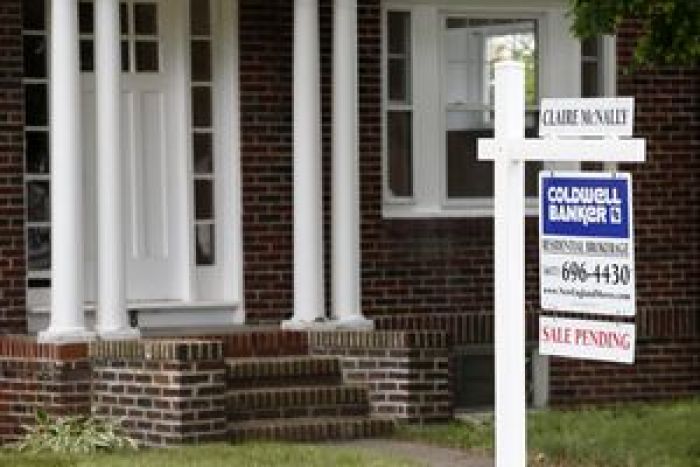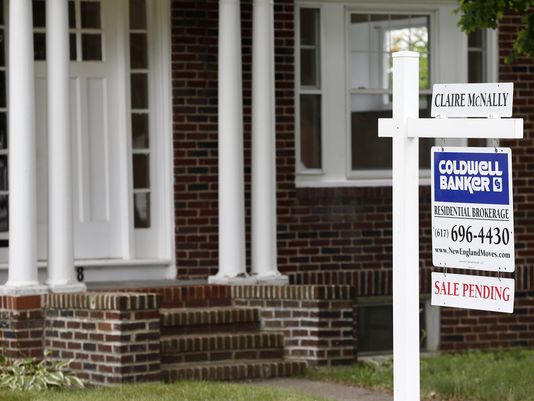Fed: Wealth gap widened from 2010-2013


A house with a sale pending sign in Quincy, Mass. Despite rising home values in recent years, many households' net worth have not increased as much as inflation, a Fed study finds.(Photo: Michael Dwyer AP)
The wealth gap widened from 2010 to 2013, with inflation-adjusted income falling for all but the richest households, according to a Federal Reserve report released Thursday.
Median income, after figuring inflation, declined 5% during the period, from $49,000 to $46,700, the Fed's Survey of Consumer Finances shows. Only the top 10% of households saw an increase, with their median income rising 2% to $223,200.
The period covered by the survey includes the early part of the recovery following the 2007-2009 Great Recession. In the previous survey, which captured changes from 2007-2010, median income tumbled 8%.
In the more recent three-year period, median income fell 17% for people without a high school diploma, 2% for high school graduates and 11% for those with some college. Income for college graduates increased 1%.
Income declined for all age groups, except families headed by people age 35 to 44.
Households' estimates of their net worth, meanwhile, declined across nearly all income groups, even for those at the top. Median net worth, adjusting for inflation, fell 2% to $81,200. Households in the top 10% income bracket were hit with a 12% drop in net worth to $1.13 million.
Only upper-middle-income households realized an increase, $161,300 from $138,600.
The drop in overall net worth is largely related to a fall in the median home value, to $170,000 in 2013 from $182,000 in 2010. The Fed called the decline "a little surprising, given the widespread perception that house values have stabilized and partially recovered in most areas." Among other reasons for the disparity, the report suggests that the homeowners surveyed may have overestimated price declines after overvaluing their properties during the housing boom. Also, home prices rose slightly from 2010 to 2013, but they didn't keep up with inflation in that period.
A smaller share of Americans, however, owned homes last year in the wake of the foreclosure crisis that began in the mid-2000's. Ownership declined to 65.2% from 67.3%.
The median value of all financial assets was also down, decreasing 8% to $21,000. Although markets soared from 2010 to 2013, only about a third of households have stock holdings of at least $10,000, according to the Economic Policy Institute.
The median value of stock holdings rose 26% to $27,000.
The share of Americans owning certificates of deposit fell sharply as bank interest rates remained meager, to 7.8% from 12.2%
The portion with retirement accounts fell below 50%, though their median value increased 25% to $59,000. "The growth is likely explained by resurgent stock markets and increased contributions by those who participated in retirement plans," the report said.
The early years of the recovery also featured a welcome decline in household debt, with the share of families holding any type of debt falling to 74.5% from 74.9%. Only 42.9% had mortgages, down from 47% in 2010.
Twenty percent of households, however, had student loans, up from 19.2%, and their median value rose 15% to $16,000.
Read or Share this story: http://usat.ly/1rOESgI









